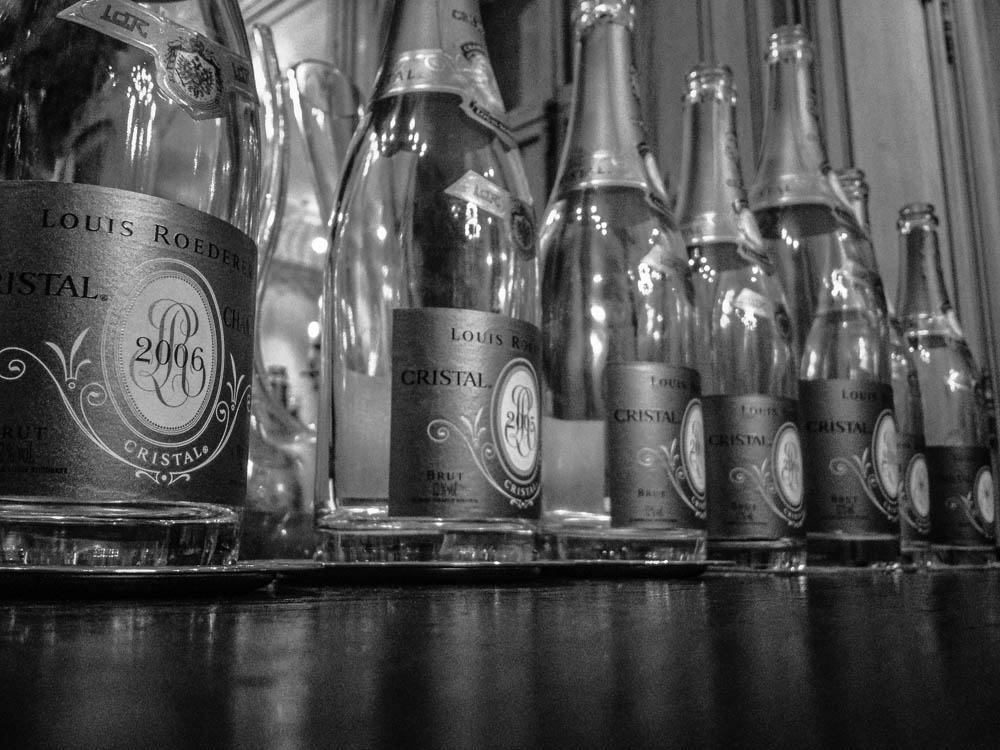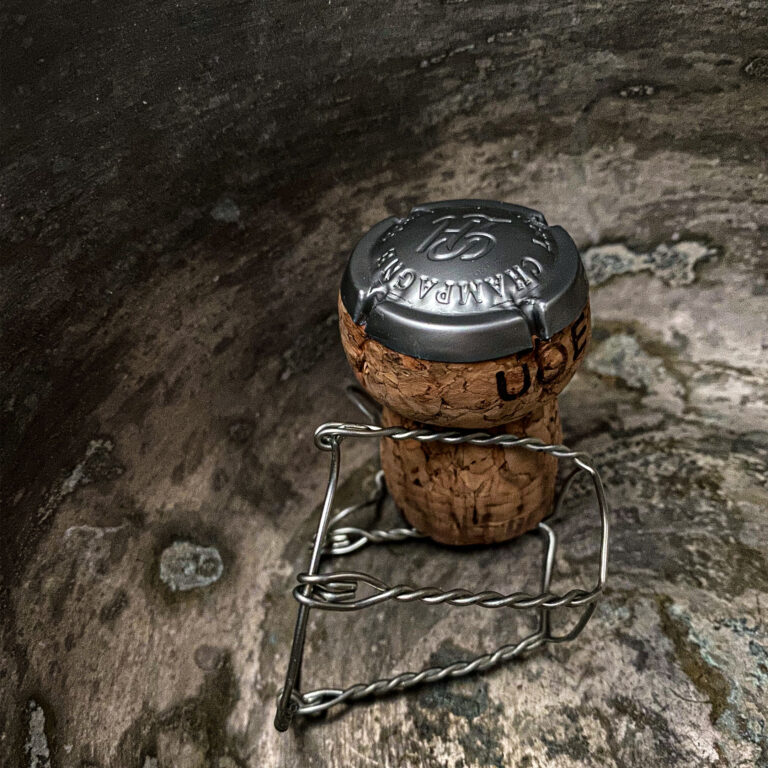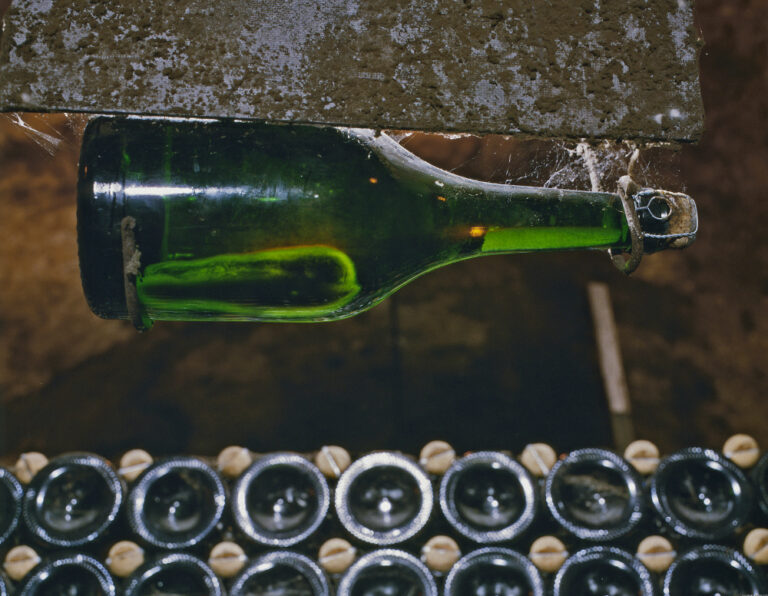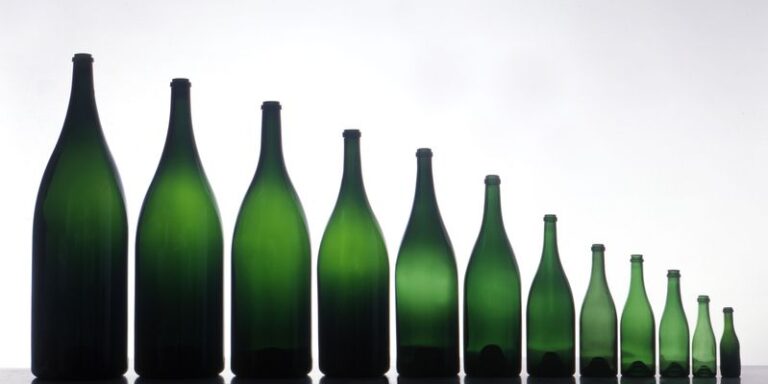Late afternoon we checked-in at the magnificent hotel in Reims L’Assiette Champenoise (Now 3 stars in Guide Michelin). Round 6p.m. the bus left for unbeatable Champagne Louis Roederer. first we had a visit at the cellars at 74, rue de Savoye followed by a splendid world unique Cristal vinothèque dinner served at the Golden room in Louis Roederer private mansion with the winemaker, the charming Jean-Baptiste Lecaillon.

RJ ON LOUIS RODERER Roederer did not get its present name until 1833, but was in existence as far back as 1760 under the name of Dubois Père & Fils. Louis Roederer was a hardworking man who succeeded in selling his Champagne in several important export markets. Roederer’s real ace was, as with Clicquot, the Russian market. Tsar Alexander II wanted a more impressive label to show his guests, and in 1876 he made a special order for the first transparent Cristal bottles, which at that time actually were made of genuine crystal. The wine was stunningly sweet and gave Roederer had some problems with disposal after the Russian revolution, when the firm was stuck with unpaid invoices and stores full of sweet Champagne that no one else wanted. The company recovered in the 1930s, when Camille Olry-Roederer took the helm. She invested the money earned from sales in some exceptional vineyards: in Aÿ, Hautvillers, Cumières, Louvois, Verzy, Verzenay, Vertus, Avize, Cramant, Chouilly, and Le Mesnil. Roederer also owns several well-respected vineyards in other locations: Roederer Estate, Ramos Pinto, Haut-Beauséjour and Château de Pez. Today the firm is the most financially successful in the region, thanks largely to these vineyards, which supply Roederer with some 70 percent of its grapes. The house is now run by Frédéric Rouzaud who works according to the same principles as those applied in past decades. Winemaker is the increadible Jean-Baptiste Lécaillon. All the wines ferment separately, cru by cru, in small steel vats or small barrells, while the reserve wines are stored in large oak barrels. This is said to give the company its special ‘vanilla touch.’
Subscribe for 5.9€ a month for full access to the Tasting Library, exclusive articles, videos events and more





